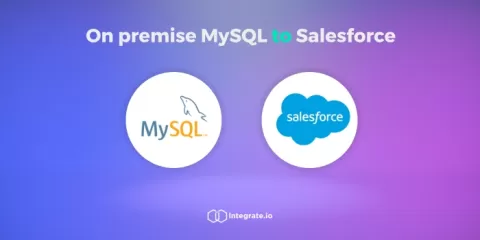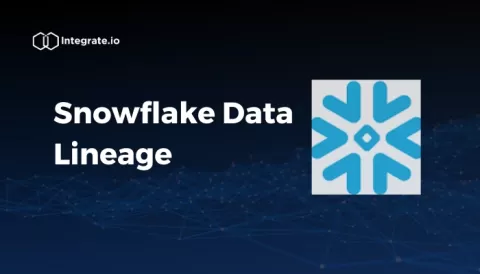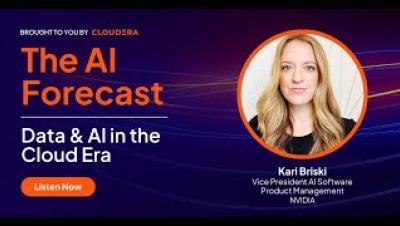Overcome ESG Data Challenges with Complimentary Gartner Market Guide
Managing ESG data is complex but essential. Gartner’s Market Guide for ESG Reporting and Management Software states, "Without integrated ESG reporting, companies risk compliance breaches and reputational harm." This guide provides a roadmap to tackle ESG challenges and build a robust reporting strategy.










